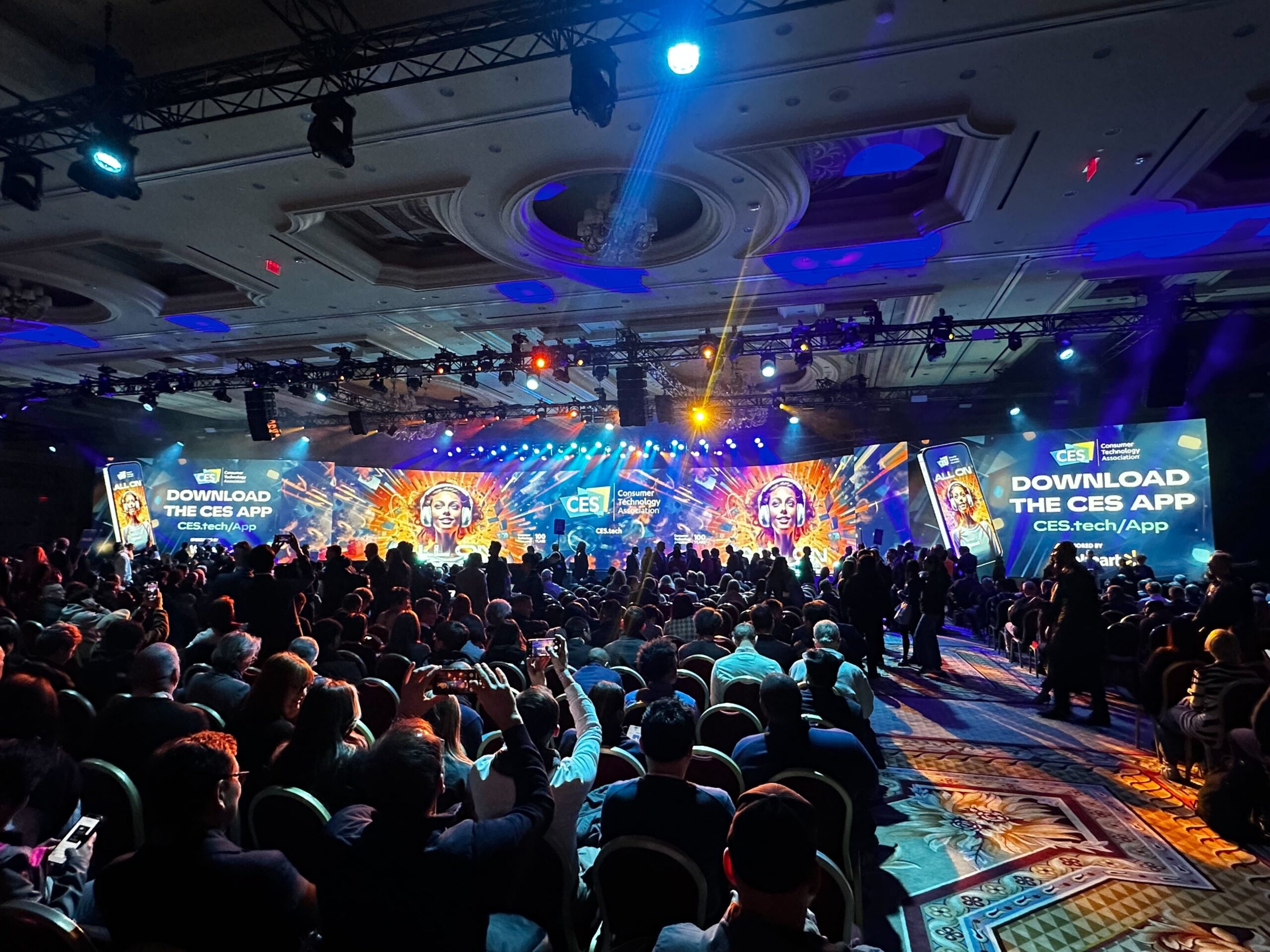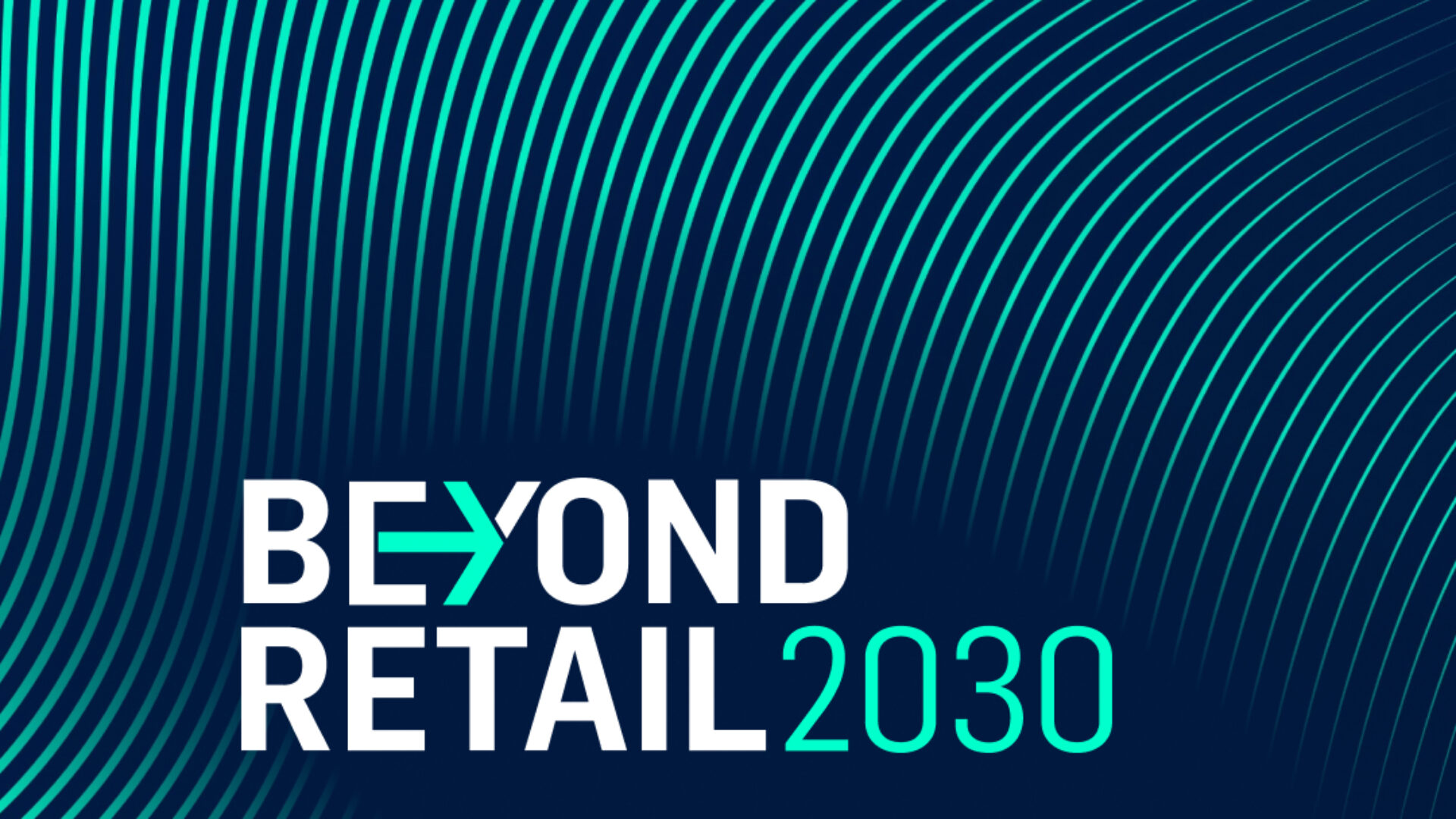
CES 2024 Unveils the Next Gen of Tech Trends
Anyone who has attended CES in the past knows—it’s A LOT to take in. The sheer volume of exhibitors, sponsors, speakers, and events sharing their version of the ‘next-best-thing’ can make your head spin. That’s why we took a 10,000-foot view of the show to identify the tech and trends that matter most to our clients.
Whether it’s unpacking the tech-forward, omni-channel future of retail, envisioning the future of mobility, or paving the way for a world of precise, predictive healthcare – we saw it all and are connecting the dots to the exciting opportunities ahead for brands across categories.
Here are just a few of the biggest themes that came out of this year’s CES…
AI! AI everywhere!
After a year of ChatGPT, deep fakes, and virtual assistant headlines, CES 2024 confirmed that the AI hype is just getting started. Nearly every keynote and a vast majority of exhibitors made some mention of how AI will be a key tool in their ongoing innovation. Like any emerging technology, there is still a lot of grey area around what exactly constitutes as AI, and there are plenty of products/exhibitors banking on its hype to feel relevant. But, after wading through the AI sea, we found several interesting examples to spark inspiration across industries:
- Mercedes-Benz CTO Markus Schäfer and CSO Magnus Östberg revealed MB.OS and MBUX, their own operating software and virtual assistant – part of a deepened focus on personalized experiences to complement their tech-forward electrified vehicles. The assistant focuses on proactive information gathering/communication, control over more complex tasks both in the vehicle and online, as well as more intuitive/conversational interactions.
- Walmart’s keynote led by their CEO, Doug McMillon, featured a huge segment dedicated to AI’s impact on their supply chain processes. They outlined how predictive modeling and AI-driven automation are helping them maximize product availability across physical locations to put less pressure on in-store staff and logistics teams while retaining customer purchases for high-demand products.
- In his keynote, L’Oreal CEO Nicolas Hieronimus highlighted their CES award-winning makeup applicator HAPTA, which uses AI to identify user movements and adjust makeup positioning automatically. This is a phenomenal example of inclusive design as the HAPTA product grants new independence to people with mobility challenges in doing their own makeup. L’Oreal talked a lot about the “personalized” solution HAPTA provides, underscoring the human touch needed to get the most out of the computerized tool.
- Mastercard and Lenovo CMOs spoke on a panel titled “AI and Digital Inclusivity,” which touched on AI’s ability to protect both brands and special audiences (like kids) when engaging with online content. While this isn’t the sexiest use case of the lot, it is a great reminder of the unseen impact AI can have on customer experiences and on maintaining brand compliance across channels.
Making Tech Accessible
Another major theme from this year’s show was the accessibility and understanding of technology. Whether it was helping consumers grasp how and where technology will be evolving or demonstrating new use cases across categories, we noticed content focused on three key topics to bring mass-market consumers along for the ride:
Education: Laying the groundwork to help consumers adopt new technologies into their day-to-day as they continue to proliferate consumer goods. This was seen most clearly outside of CES at the Sphere’s exhibit hall, where several AI humanoid robots answered visitor questions in real-time and showed a variety of creative and communication-based executions.
Empowerment: Virtual assistants had a major presence on this year’s exhibition floor, and the most interesting commonality was the simplification of the prompts needed to accomplish tasks or get information. Our key takeaway here is that tech needs to meet consumers where they’re at and how they like to interact, not the other way around.
Inclusion: From live translation earbuds to exoskeletons that help reduce mobility challenges, to cycling helmets that track driver eye-lines, helping people move through the world more freely and safely was another major theme underpinning accessible tech. No matter the use case, tech with a hyper-specific audience in mind found a way to resonate amongst the sea of exhibits.
Predictive Tech
Our last theme is the expanded impact of predictive technologies, namely in retail/digital commerce and healthcare. Consumers have wanted technologies to better respond to their needs for years, but predictive tech takes that one step further by anticipating, acting on, and adapting to their needs before consumers know they have them.
Retail/digital commerce: One of the most exciting use cases of predictive tech in this sector is in the evolution of subscription-based purchases. Rather than one-size-fits-all monthly or weekly renewals, predictive tech enables retailers to track actual consumer usage and reorder products automatically. This creates an awesome opportunity for brands with diverse product portfolios as they can create more recurring revenue while maintaining a hyper-personalized experience.
Healthcare: From a full-body predictive MRI to at-home fertility tracking and pregnancy planning, predictive tech is primed to put well-being back in the hands of consumers, ultimately enabling them to make more informed health decisions.
Final Word
Regardless of the use case, one thing remained clear through CES 2024 – technology is only as capable as the team implementing/using it. As brand and business leaders, it is critical to understand technology’s role in levelling up and evolving your capabilities (not replacing them). With this CES snapshot, we hope to spark some inspiration for how technology can help your business and your consumers TODAY (not tomorrow!).
If you have questions about any of the trends above or want to discuss ways to prepare your brand for a new year and bold new technologies, get in touch!


